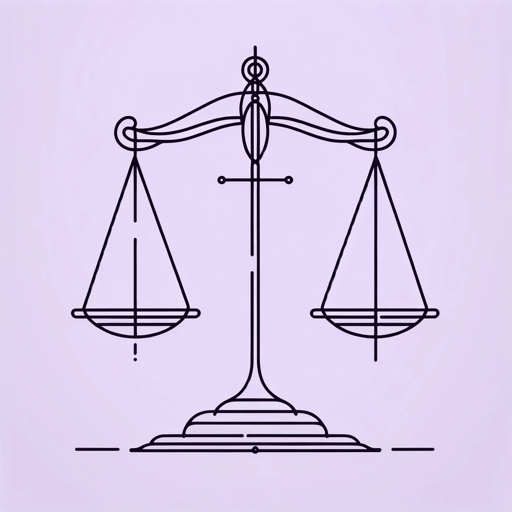61 pages • 2 hours read
Daniel Kahneman, Olivier Sibony, Cass R. SunsteinNoise: A Flaw in Human Judgment
Nonfiction | Book | Adult | Published in 2021A modern alternative to SparkNotes and CliffsNotes, SuperSummary offers high-quality Study Guides with detailed chapter summaries and analysis of major themes, characters, and more.
Part 5Chapter Summaries & Analyses
Part 5: “Improving Judgments”
Part 5, Foreword Summary
The authors acknowledge that selecting “the best possible human judges” is a good way to improve noise, as “the most highly skilled will be both less noisy and less biased” (257). The characteristics of good judges are the subject of Chapter 18. In this section, the authors also review other methods of reducing noise, including decision hygiene, sequencing relevant information, and structuring complex judgments.
Part 5, Chapter 18 Summary: “Better Judges for Better Judgments”
According to the authors, good judgment depends on “what you know, how well you think, and how you think” (262). The authors argue that some people who are highly accredited by their professional peers become “respect-experts” (264). However, even professional doctrines which state how practitioners should act leave room for interpretation, and this is where noise occurs.
Intelligence, measured by GMA (general mental ability) tests that examine verbal, special, and quantitative capacity, is a key predictor of good decision making. However, as individuals cannot submit everyone they encounter to a GMA test, they must guess who the higher GMA people are. They do not necessarily seem like the most confident and persuasive speakers.
People with better judgment are likely to score higher on a CRT (cognitive reflection test), deploying reflective thought processes as opposed to impulsive thought processes.

